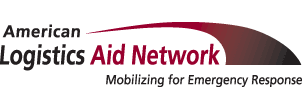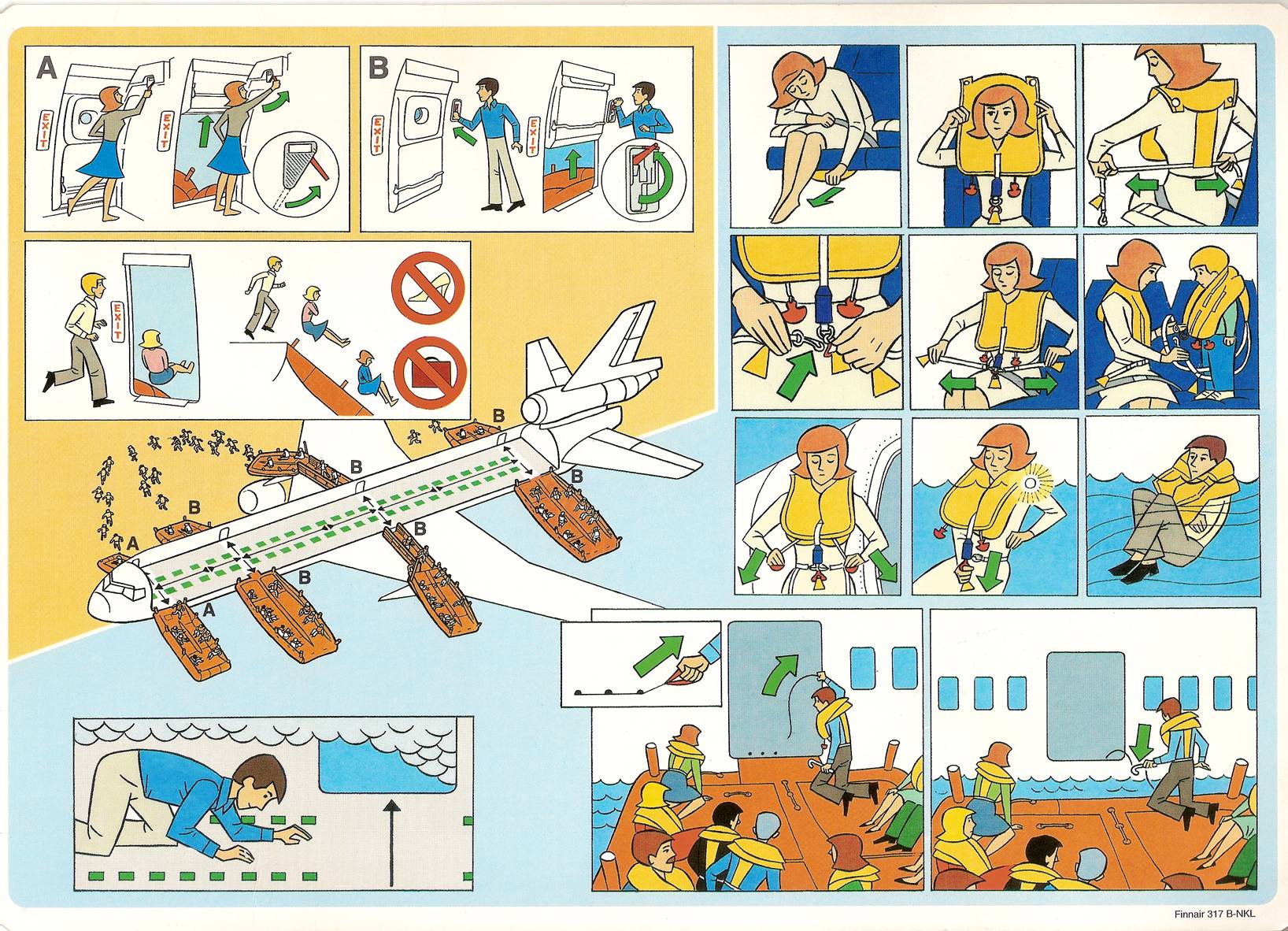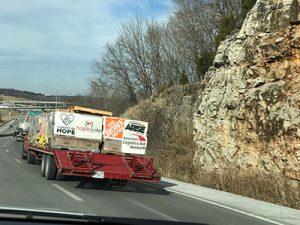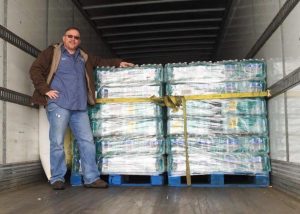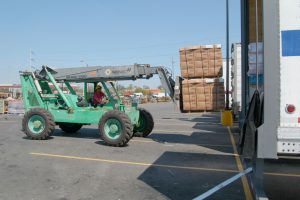
Earlier this month, I officially earned my nerd card when I admitted that I pay attention to every word of in-flight safety briefings. I also presented the first half of my discussion about why some of the instructions contained in those briefings are such a fitting parallel for how we as individuals and businesses should approach disaster preparation.
Today I’d like to continue and conclude that discussion with these three brief but salient safety reminders.
Businesses: If You’re Sitting In An Exit Row, You Must Be Prepared To Perform . . .
Have you ever been one of those passengers who’s been entrusted with additional safety responsibilities simply because you’re sitting in an emergency exit row? You, as top business executives, have a similar obligation when it comes to protecting your employees.
Simply put, it’s your job to prepare them in case something awful happens while they’re at work.
This preparation can be as short and straightforward as safety reminders at all-hands meetings. Or, it can be as complex as formal drills and full-scale exercises like the kind of all of us remember from elementary school, when we learned how to calmly evacuate in the event of a fire, or duck, cover, and hold on in the event of an earthquake. Either way, you’ll be making a positive difference.
(And by the way, drills don’t have to go smoothly in order to be considered a success – and probably won’t the first time you try them. But that’s okay, because testing to failure is a great way to learn what you need to do to improve your plan. Plus some might suggest that if at least one part of your exercise doesn’t show some weakness, then you probably didn’t test anything valuable. )
Businesses: Help Demonstrate The Safety Features Of Your Community And Be Ready To Assist “Passengers” If An Emergency Occurs
Much like it’s a flight attendant’s job to point out the safety features of their particular airplanes, your business has an opportunity and obligation to remind your employees about the many important ways their professional and local community is prepared to protect them.
Along those lines, I encourage you to augment your company’s corporate safety program with activities, announcements or training sessions that:
- Make your employees aware of their kinds of natural disasters their community is at risk for
- Ensure your employees know where shelters and other local disaster resources are located
- Inform your employees about how your company will communicate with them before, during and after a community disaster, especially if the usual lines of communication are down.
In addition, just as flight attendants are responsible for assisting passengers if the worst occurs, you’ll want to be sure your company has the resources necessary to support employees who are personally impacted by disaster – whether it’s setting up online giving accounts (and offering matching funds for all donations received) or establishing more formal channels such as paid time off or corporate micro-loans.
Businesses: Review And Familiarize Yourselves With The Contents Of The Safety Card
Finally, let’s consider why airplanes have safety briefings in the first place – and why all members of a flight crew, from pilots to flight attendants, seem to know exactly what to do (a la Sully Sullenberger) when emergencies occur: They know it’s important it is to practice and preach disaster response when things are calm (in their case during their mandated training and simulations; in yours during those uneventful moments prior to take-off) rather than waiting until things have really gotten dire.
If you want to be truly ready to support communities during disaster, don’t wait until one happens and then try to engage. Start interacting with some of your local non-profit groups now. For one thing, it will go a long way toward helping them carry out their day-to-day missions (which are equally important). For another, it will allow them to conserve and make better use of their capacity – so that if large-scale emergencies occur, they’ll be in a stronger and better position to help. It will also enable you to get to know these groups’ ongoing operations and get a feel for the kinds of assistance they’ll need post-disaster.
In a similar vein encourage your employees to become ongoing volunteers, too , perhaps by sponsoring a company-wide “giving back” day where they can go to help support a local cause – or by offering them time off with pay to assist a group like ALAN for a week or two. It will be a huge help to these organizations while also helping yours, because studies show that employees feel cared for when businesses allow them to support their communities.
The Plane Truth
That’s all for now. On behalf of all of us at ALAN, thank you for flying “Kathy Airlines” and for traveling along with me during these past two posts. Thanks, in advance, for taking some of my advice to heart. Whether you’re preparing yourself, your business, your employees or your communities, there’s a lot to be said for being informed, engaged and ready. It may not prevent you from experiencing disasters. But it can go a long way toward potentially reducing their negative impact.
Wishing you safe travels.
Kathy
